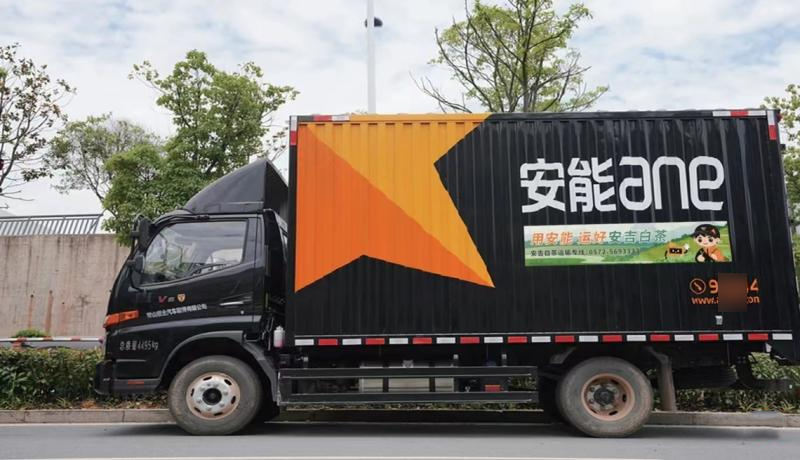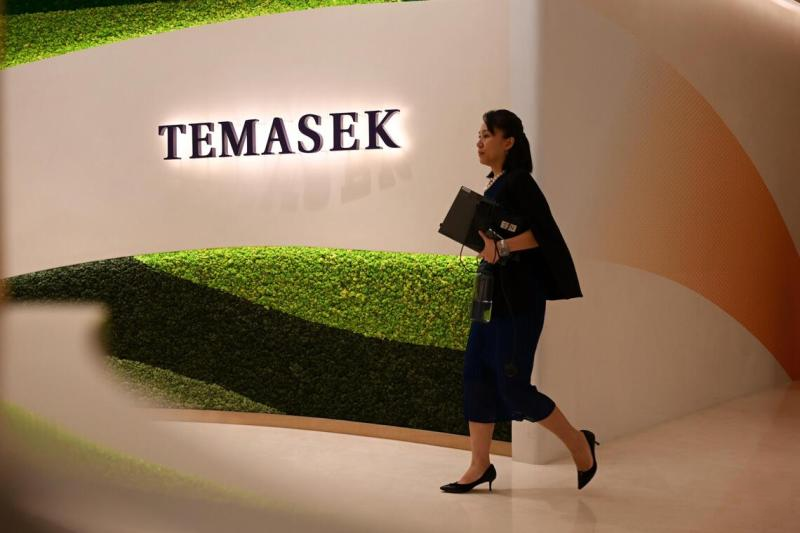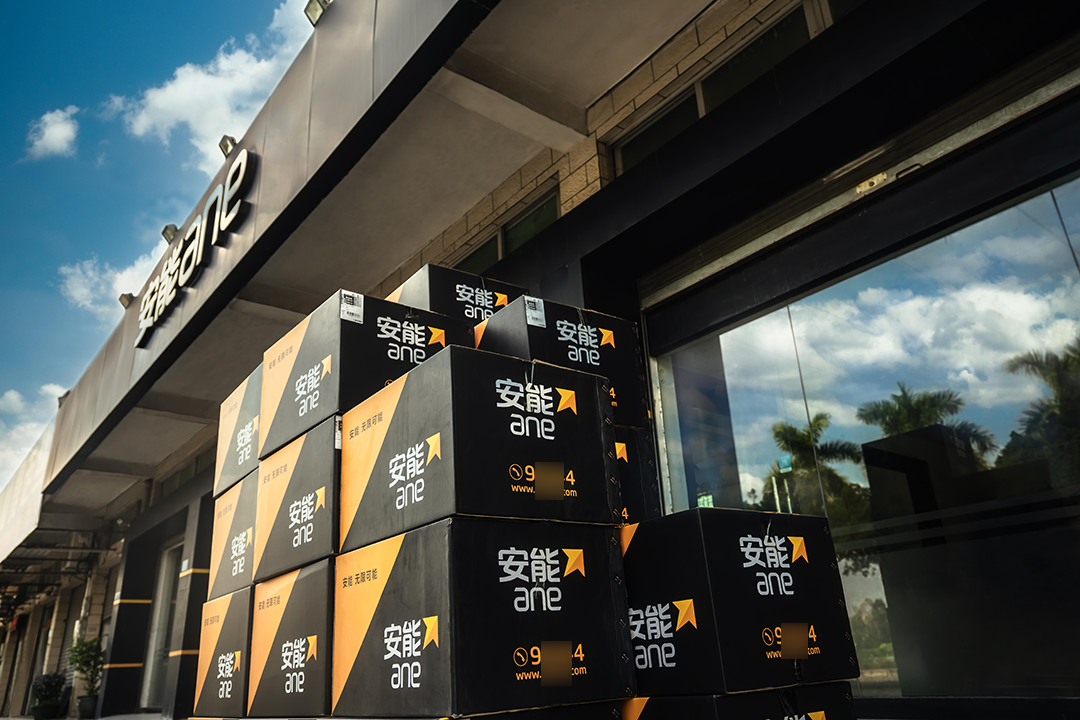
OnOctober28, a heavyweight dealreportedlyshook the Asian logistics and capital markets.
A consortium formedbySingapore’s sovereign fundTemasek, in conjunction with Dagong Capital (Centurium Capital) andTrue Light Capital,formallymade a takeoverbid for Chinese logistics giant ANE Logistics Group (ANE), for a total of up toHK$14.3billion (aboutS$2.4billion).
If the transaction is successfully completed, Enable will be delisted from the Hong Kong Stock Exchange and privatized. As one of the head enterprises in China’s LTL Express market, this acquisition signifies thatSingaporean capital is accelerating the layout of China’s logistics core assets, and also maps out another development path for Chinese enterprises in Singapore.

I. Temasek leads the way:
Betting on core assets in China’s supply chain
The acquisition, which wasmadeforHK$12.18per sharein cash, representsa premium of nearly30%to Annang‘s closing price on October24(HK$9.40), hitting the company‘s highsinceNovember2021,according to the announcement.
Currently, Daegan Capital holdsa 24.3%stake inAnang, while Temasek and Temming Capital had not previously held a stake. This joint takeover offer by the three parties shows strong long-term signals.
Foundedin 2010and headquartered in Shanghai,Enableis one of the largest LTL express transportation networks in China.after listing in Hong Kong in2021, the company has become an important link in the domestic supply chain with its nationwide transshipment hubs and digitized logistics system.
However, the epidemic, economic downturn and intensifying competition have kept the company’s share price under pressure. The announcement noted that while Annen maintains profitability, stock liquidity is low and market valuation deviates from corporate fundamentals.
The entry of Temasek and other institutions means thatinternational capital is re-examining the long-term value of China’s logistics industry.Under the trend of“return of manufacturing“and“supply chain reshaping“, enterprises mastering trunk transportation and warehousing and distribution networks are becoming the new focus of Asian capital pursuit.

Photo credit: United Morning Post

II. Intentions of Singapore Capital:
From investing in China to integrating into regional logistics
Temasek has always specialized in long-term structural assets. From ports and energy to technology and healthcare, its investment logic is clear, targeting resilient, sustainable sectors with global scalability.
The move into Annang is an extension of this logic.
First,logistics is the nervous system of the global supply chain.With China’s cross-border e-commerce, manufacturing upgrading andRCEPlanding, regional logistics integration has become an inevitable trend.
Secondly, Singapore is actively building an“Asian supply chain command center“. Temasek’s investment can not only connect China’s inland manufacturing network, but also with Singapore’s ports, Changi air cargo hub to form strategic synergies.
In other words, thisS$2.4billion investmentby Temasekis not just a simple capital merger and acquisition, but also an industrial layout thatwill make Singapore atransit hub connecting China’s manufacturing with ASEAN’s consumer market.

Source: United Morning Post, Schematic diagram

(c) Chinese logistics companies have set up in Singapore:
Why is“here and now“the most appropriate?
Behind Temasek’s acquisition of Enable, more and more Chinese companies are refocusing on the strategic value of Singapore.
For Chinese logistics companies, Singapore is not only an“investor’s stage“, but alsoan ideal starting point for establishing international headquarters and expanding into the ASEAN market.
1. Company registration: efficient procedures and flexible structure
The process of registering a company in Singapore is extremely fast andcanusuallybe completedin 1-2days.
Companies only need to prepare:
Company name (subject to prior approval);
At least one director (may be a foreigner, but must appoint a local Singaporean director);
Registered capital (no minimum, usuallyS$1 is sufficient);
Registered address (can be provided by a secretarial service company).
It is recommended that Chinese logistics companies set up aPrivate Limited Company, which can realize a multi-shareholder structure and comply with international investment standards.
2. Bank account opening:dual track oftraditional banks+digital financial platforms
Logistics companies have high requirements for cross-border fund flow.
Local banks in Singapore, such asDBS,OCBC,UOB, have secure and compliant accounts and are suitable for enterprises with large trade volume and need L/C support;
Digital banks such asAspire,Airwallex,Wise Businessare more suitable for initial entrants because of their convenient account opening, low cost and multi-currency settlement support.
3. Logistics licensing and compliance requirements
Depending on the scope of business, companies need to apply for the appropriate license:
Freight Forwarder License: applicable to air and sea freight forwarding business;
Warehouse License: Businesses involved in owning or leasing warehouses;
Customs Registration: Necessary for import, export and customs clearance.
If the transportation of hazardous materials, pharmaceuticals or food is involved, an additionalNEAorHSAspecial permitis required.
4. Recruitment of staff and work permits
Singapore’s logistics industry is open to foreign workers, but requires compliance:
Employment Pass(EP): for executives, operations directors, etc;
S Pass: for technical and mid-level positions;
Work Permit: Warehouse, transportation and other basic positions.
Enterprises should comply with the minimum salary standards and local employment ratio requirements to ensure smooth operations.

Source: Annen Logistics

IV. From“being invested in“to“going out“:
Singapore’s strategic pivot role
Behind the acquisition of Aneng Logistics is a microcosm of two-way capital and industrial flows.
On the one hand, Singaporean capital is entering China’s core industries through Temasek;
On the other hand, more and more Chinese companies are choosing to set up overseas holding companies, regional headquarters or logistics nodes in Singapore.
This“two-way flow“has made Singapore the new center of the regional industrial chain.
Its low tax regime (17%corporate tax), stable financial system, and tax treaty with China provide a solid policy environment for enterprises.
More importantly, Singapore’s shipping and land networks connecting Indonesia, Malaysia, Thailand and Vietnam are a natural bridge for companies expanding in Southeast Asia.

Source: Annen Logistics
Conclusion: Singapore, the New Logistics Coordinate for Chinese Enterprises
From Temasek’sS$2.4billion acquisition of Enable Logistics to the increasing number of Chinese enterprises choosing to set up companies in Singapore, this chain of events conveys the same signal:
The future of logistics is not only in China, but also in ASEAN; the direction of capital is more than investment, but also layout.
For China’s logistics and supply chain enterprises, Singapore is changing froman “investment center“toan “industrial hub“.
There is a globally trusted financial system and a transportation network linking Southeast Asia; there is capital support and even more policy support.
The story of Anneng is perhaps just the beginning.
In the future, more Chinese companies will open the second growth curve in Singapore, finding their own new coordinates between capital, industry and internationalization.
*References from SingaporeTemasek,SGX,Centurium Capital,True Light Capital, Lianhe Zaobao, Straits Times, ChinaANE,HK Stock Exchange, comprehensive news reports collated, reprinted with attribution, infringement and deletion of contact.
…
👇 Plus V enters Singapore’s largest outbound community 👇

Past Recommendations

